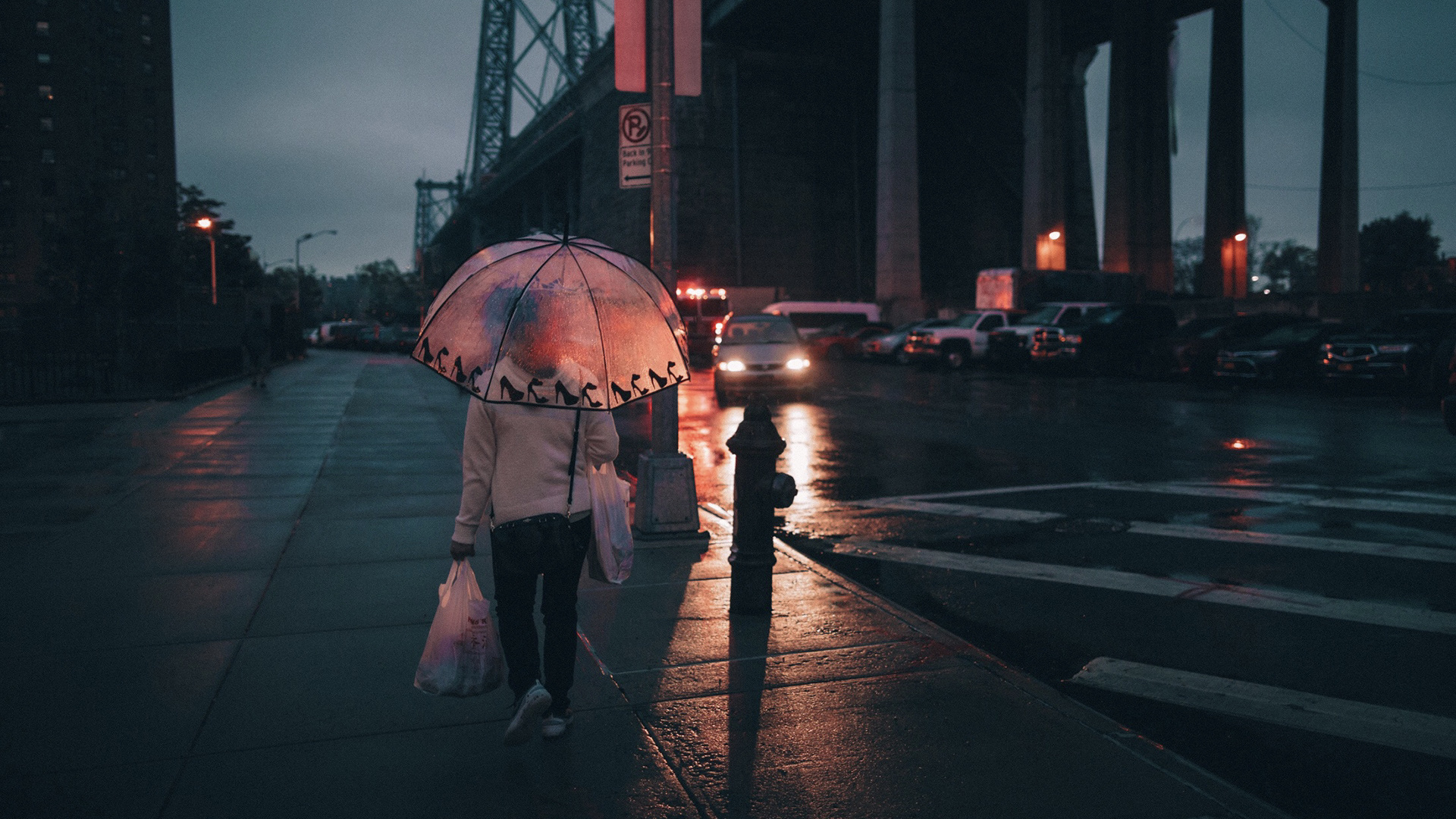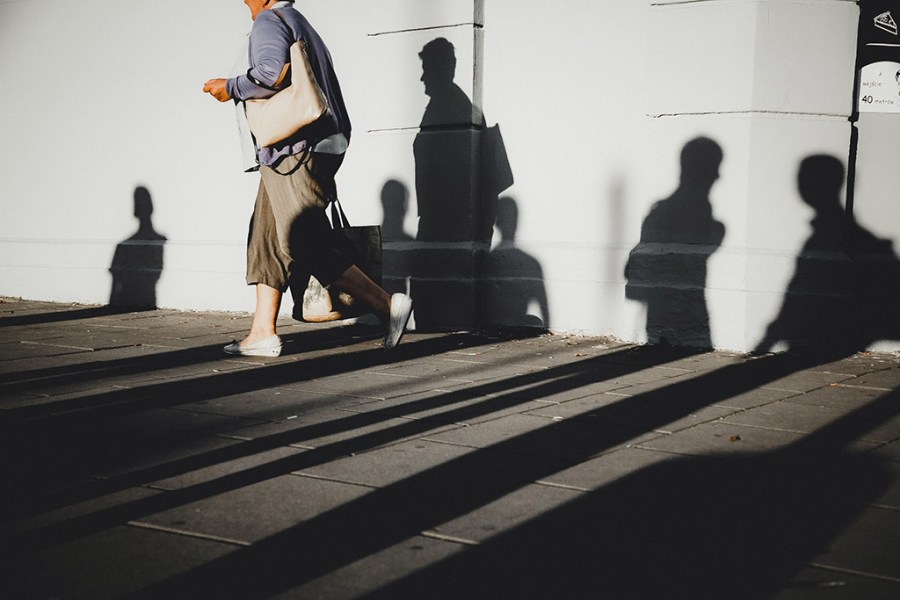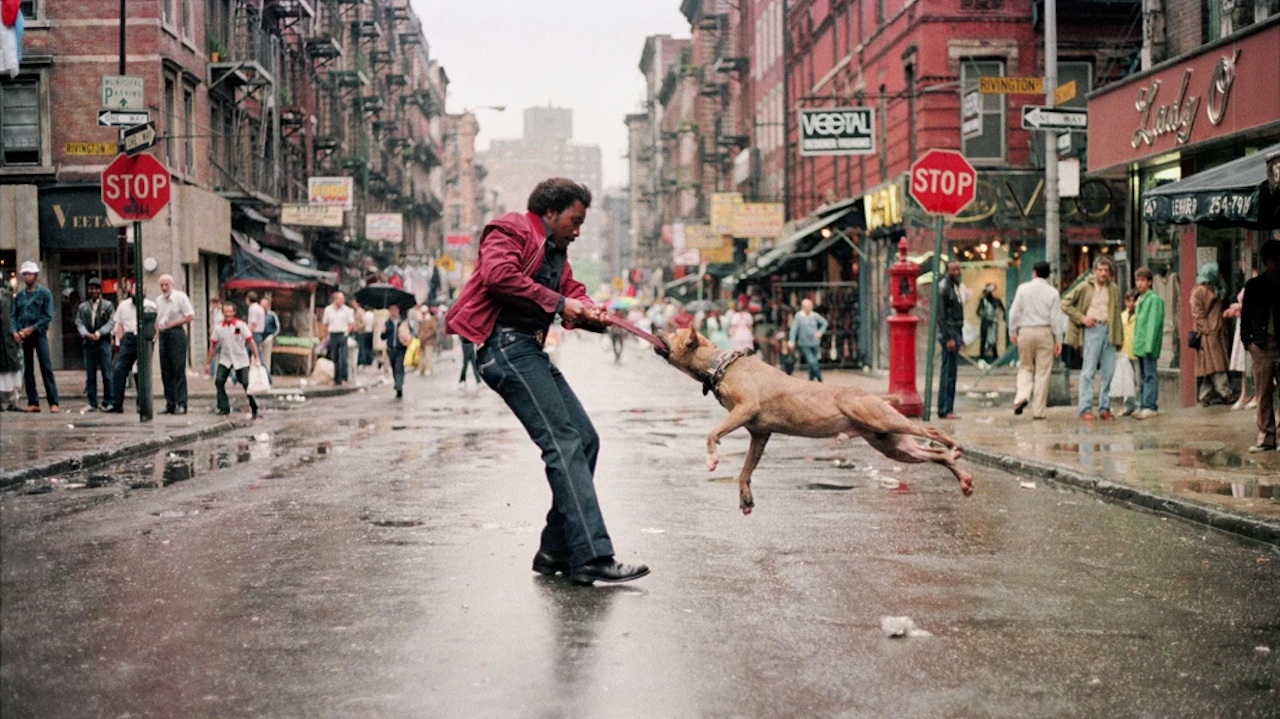Some Of Street Photographers
Some Of Street Photographers
Blog Article
The smart Trick of Street Photographers That Nobody is Discussing
Table of Contents6 Simple Techniques For Street PhotographersThe 45-Second Trick For Street PhotographersThe Best Guide To Street PhotographersGet This Report about Street PhotographersAbout Street Photographers
, a genre of digital photography that documents everyday life in a public area. The very publicness of the setup allows the professional photographer to take candid images of unfamiliar people, usually without their understanding. Road digital photographers do not necessarily have a social objective in mind, however they choose to isolate and record moments which could or else go unnoticed.Though he was affected by much of those that influenced the street digital photographers of the 1950s and '60s, he was not mainly interested in catching the spirit of the road. The impulse to aesthetically document individuals in public started with 19th-century painters such as Edgar Degas, douard Manet, and Henri de Toulouse-Lautrec, that functioned side by side with professional photographers trying to record the essence of city life.
As opposed to Atget, digital photographer Charles Marville was worked with by the city of Paris to produce an encyclopaedic record of Haussmann's city preparation job as it unravelled, therefore old and new Paris. While the photographers' topic was essentially the exact same, the results were significantly various, showing the influence of the digital photographer's intent on the character of the pictures he produced.
Street Photographers for Beginners
Given the great quality of his photos and the breadth of product, architects and musicians commonly bought Atget's prints to utilize as referral for their own job, though business passions were hardly his major motivation. Instead, he was driven to photo every last residue of the Paris he loved.

Unlike his peers, Brassa used a larger-format Voigtlnder electronic camera with a much longer exposure time, requiring him to be much more computed and thoughtful in his technique than he might have been if making use of a Leica. (It is thought that he might not have had the ability to afford a Leica during that time, but he did, nevertheless, use one in the late 1950s to take colour photos.) Brassa's pictures of the Paris underworld brightened by synthetic light were a discovery, and the collection of the series that he released, (1933 ), was a major success.

4 Easy Facts About Street Photographers Described
It you can try these out is due to this fundamental understanding of the art of picture taking that he is frequently attributed with finding the tool all over again roughly a century given that its innovation. He took photos for greater than a half century and affected generations of digital photographers to trust their eye and instinct in the minute.
These are the questions I will try to address: And afterwards I'll leave you with my very own definition of street photography. Yes, we do. Let's kick off with defining what an interpretation is: According to it is: "The act of defining, or of making something precise, distinctive, or clear".
No, certainly not. The term is both limiting and misinforming. Seems like a street digital photography ought to be photos of a streets appropriate?! And all street photographers, except for a handful of absolute newbies, will fully appreciate that a road is not the crucial component to road digital photography, and really if it's an image of a street with maybe a couple of monotonous individuals not doing anything of passion, that's not road photography that's a picture of a road.
Not known Incorrect Statements About Street Photographers
He makes a legitimate point do not you believe? However, while I concur with him I'm not exactly sure "honest public digital photography" will capture on (although I do kind of like the term "honest digital photography") since "road digital photography" has been around for a long period of time, with numerous masters' names connected to it, so I believe try this the term is here to remain.
Inside?! I hear you scream as you tremble your fist to the skies. Why not? You can fire at the beach, at a festival, in a street, in a park, in a piazza, in a cafe, at a museum or art gallery, in a city station, at an occasion, on a bridge, under a bridge ...
Yes, I'm terrified we have no choice! Without policies we can not have a meaning, and without an interpretation we do Learn More not have a genre, and without a genre we don't have anything to specify what we do, therefore we are stuck in a "regulations interpretation genre" loop! And no-one intends to get embeded a loop. - Street Photographers

Report this page